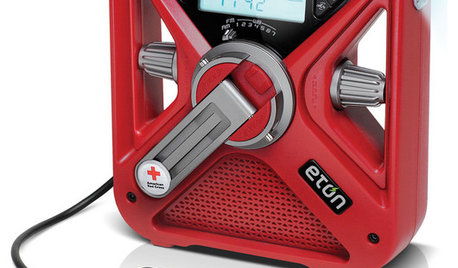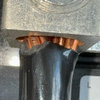FiOS question
kudzu9
14 years ago
Related Stories

HOLIDAYSGuys, Where Do You Feel Most at Home?
For Father’s Day, we’d like to hear from the men. What part of your house makes you feel most like yourself — grounded and alive?
Full Story
HOME TECH7 Ways to Charge Up and Connect After Disaster
Products and tips for communicating and keeping essential items running till the power's back on
Full Story
DIY PROJECTSWeekend Project: Reinvent a Wine Crate
Discover 8 DIY possibilities for these inexpensive but beautiful boxes, then see one handywoman's reinvention
Full StoryMore Discussions









stash-hdy
brickeyee
Related Professionals
Browns Mills General Contractors · Jacinto City General Contractors · Mount Vernon General Contractors · Mountain View General Contractors · Red Wing General Contractors · Rossmoor General Contractors · Waipahu General Contractors · Palm Springs Solar Energy Systems · Whitman Solar Energy Systems · Selma Solar Energy Systems · Eden Prairie Solar Energy Systems · Easton Solar Energy Systems · Campbell Home Automation & Home Media · Coronado Home Automation & Home Media · Detroit Home Automation & Home Mediainox
kudzu9Original Author
steve_fl
kudzu9Original Author
brickeyee
Ron Natalie
brickeyee
kudzu9Original Author
Ron Natalie
brickeyee
pharkus
shadow700
kurto
brickeyee
kurto
Ron Natalie
paredown
inox